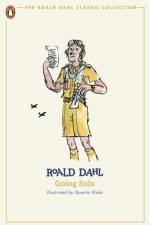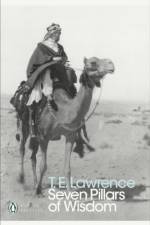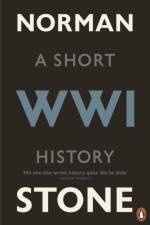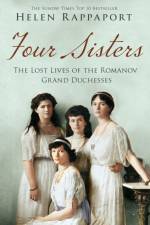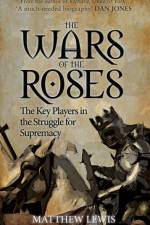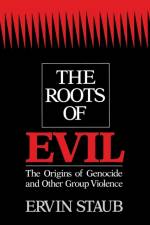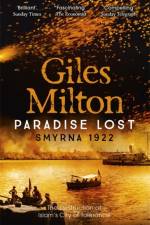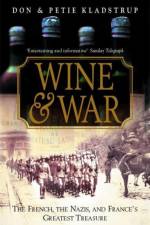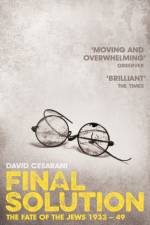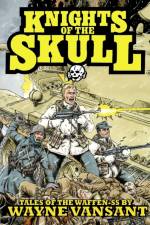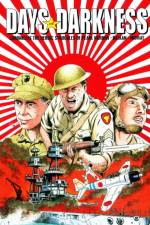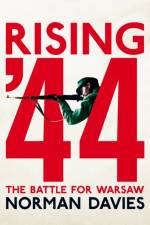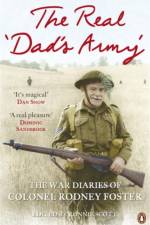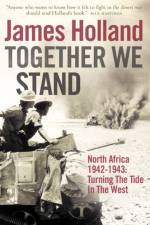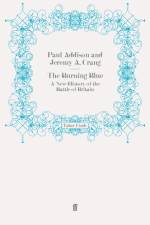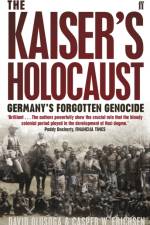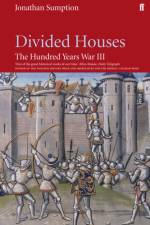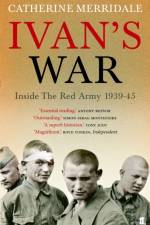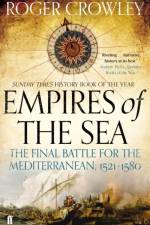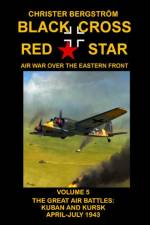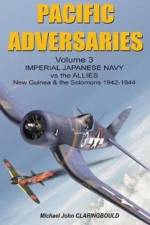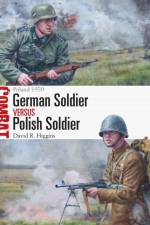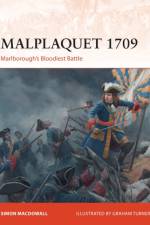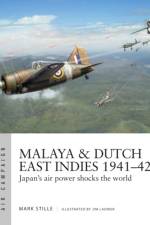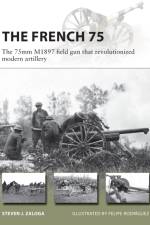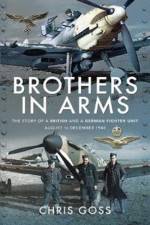- A New History of the Battle of Britain
av Paul Addison & Jeremy A. Crang
369
It was, of course, the Battle of Britain, or rather its conclusion, that prompted one of Winston Churchill's most memorable pieces of oratory that has its epitome in the sentence, 'Never in the field of human conflict was so much owed by so many to so few.' If the Battle of Britain had been lost it is very likely the New Order to which the Axis powers had pledged themselves would have become global with unthinkable consequences for the world afterwards.The importance of the Battle of Britain cannot be exaggerated though inevitably in the succeeding years the accretion of myth has brought about many distortions. This multi-faceted symposium emerged from the Centre of Second World War Studies at Edinburgh University with the aim, in the words of the editors, 'to reassess established themes while opening up new ones.' After a masterly introduction by Brian Bond, the book is divided into six parts: Before the Battle; The Battle; The View from Afar; Experience and Memory; The Making of a British Legend and The Significance. The contributors are: Klaus A. Maier; Malcolm Smith; Horst Boog; Sebastian Cox; Sergei Kudryshov; Richard P. Hallion; Theodore F. Cook; Hans-Ekkehard Bob; Wallace Cunningham; Nigel Rose; Owen Dudley Edwards; Angus Calder; Tony Aldgate; Adrian Gregory; Jeremy Lake and John Schofield; Paul Addison and Jeremy A. Crang and Richard Overy. No survey could be more wide-ranging or fascinating. First published in 2000 to mark the 60th anniversary, it is now being reissued in 2010 to mark the 70th anniversary.'But it is terrific. It's not only an acknowledgement of the heroism of the fighter pilots (and all the ancillary crew), but a serious contribution to the historical record. Seventeen contributors write about the Battle from pretty much every conceivable angle; and Addison and Crang have chosen them well. . . This is not an automatically worshipful book; it poses questions about the morality of war, the existence of heroism, the reliability of memory. But it treats the subject honestly and with justice. And it tells us why we won: because, it would appear, it helps to come from a society that is sceptical of authority rather than in blind, unthinking terror of it.' Nicholas Lezard, Guardian''This book is a first-class piece of work, stimulating, informative and concise.' Brian Holden Reid, Times Higher Education Supplement.'This is a nugget of a book . . . it assembles, most readably, a range of authoritative and international views on the Battle, its history, and its significance.' Air Chief Marshall Sir Michael Graydon, Royal United Services Institute'This is a much told story, but the varied viewpoints of the 20 contributors to Burning Blue - ranging from a fascinating essay by Owen Dudley Edwards on the air war as reflected in children's literaturer to the memories of pilots who fought in it on both sides - give an impressive breadth and depth. And even though it strips away hindsight and refuses to burnish legends, what is left is still one of the most remarkable stories in the whole of British history. The British empire didn't last a thousand years, but the man was right: this truly was its finest hour.' David Robinson, The Scotsman

